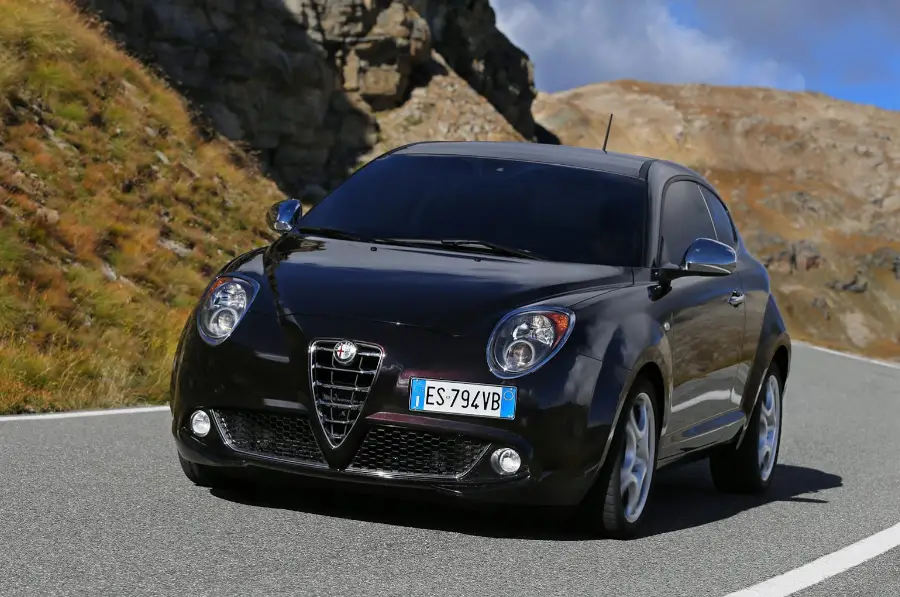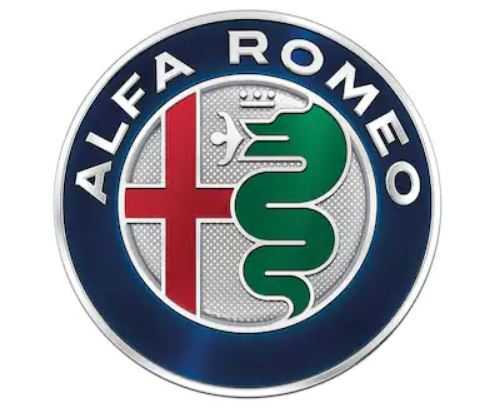2014 Alfa Romeo MiTo Engine Oil and Fluids Instructions
The 2014 Alfa Romeo MiTo’s engine oil and fluids directions are an important part of keeping the car running well, lasting a long time, and being reliable overall. These steps cover many important tasks, such as choosing the right grade of engine oil and checking and adding to important fluids like coolant, gearbox fluid, brake fluid, and windscreen washer fluid. By following these steps, you can make sure that the vehicle works at its best and with the least amount of damage or problems. By following these rules, MiTo owners can not only get the most out of their cars but also protect the Italian hatchback’s excellent engineering and design. This shows that Alfa Romeo is committed to making their small cars both fast and useful.
ENGINE OIL
Check that the oil level is between the MIN and MAX references on the dipstick A. If the oil level is near or under the MIN reference, add oil through the filler B until it reaches the MAX reference.
Important: The oil level must never exceed the MAX reference.
1.4 Petrol, 1.4 Turbo MultiAir, 1.3 JTDM-2 and 1.6 JTDM versions
Take out the engine oil dipstick A, clean it with a lint-free cloth, and reinsert it. Take it out again and check that the engine oil level is between the MIN and MAX references on the dipstick.
Turbo TwinAir versions
Engine oil dipstick A is integral with plug B. Loosen the plug, clean the dipstick with a cloth that does not leave traces, refit the dipstick, and re-tighten the plug. Unscrew the cap again and check that the engine oil level is between the MIN and MAX marks on the dipstick.
Engine oil consumption
The maximum engine oil consumption is approximately 400 grams every 1,000 km. When the car is new, the engine needs to run in, therefore the engine oil consumption can only be considered stabilized after the first 5,000 – 6,000 km.
- Do not add oil with specifications other than those of the oil already in the engine.
- Used engine oil and oil filters contain substances that are harmful to the environment. We recommend having the oil and oil filter replaced by Alfa Romeo Authorized Services.
ENGINE COOLANT
If the level is too low, unscrew reservoir cap C and add the fluid described in the chapter “Technical Specifications”.
Warning
- PARAFLU UP anti-freeze is used in the engine cooling system. Use the same fluid as in the cooling system when topping up. PARAFLU UP cannot be mixed with any other type of fluid. If this accidentally occurs, do not start the engine under any circumstances. Contact Alfa Romeo Authorized Services.
- The cooling system is pressurized. If necessary, only replace the cap with another genuine one or the operation of the system may be adversely affected. Do not remove the reservoir cap when the engine is hot: you risk scalding yourself.
WINDSCREEN/REAR WINDOW WASHER FLUID
If the level is too low, lift reservoir cap D and add the fluid described in the chapter “Technical Specifications”.
Caution: Do not travel if the windscreen washer reservoir is empty: using the windscreen washer is essential for improving visibility. Some commercial windscreen washer additives are flammable. The engine compartment contains hot components which may set it on fire.
BRAKE FLUID
Check that the fluid is at the maximum level. If the fluid level in the reservoir is too low, undo reservoir cap E and add the fluid described in the chapter “Technical Specifications”.
Caution
- Prevent brake fluid, which is highly corrosive, from coming into contact with painted parts. Should it happen, immediately wash with water.
- Brake fluid is poisonous and highly corrosive. In the event of accidental contact, wash the parts immediately with water and neutral soap, then rinse with plenty of water. Consult a doctor immediately if you swallow the fluid.
- The symbol on the container identifies synthetic brake fluids, distinguishing them from the mineral type.
- Using a mineral-type fluid will damage the special rubber seals of the braking system beyond repair.
FAQ’s
A: The recommended engine oil grade varies, but it’s typically a high-quality synthetic oil with a grade like 5W-40 or 10W-40.
A: You should check the engine oil level at least once a month or before long trips and top it up as needed.
A: Ensure the car is parked on a level surface, wait a few minutes after turning off the engine, and use the dipstick to check the oil level.
A: The engine oil should be changed as recommended in the owner’s manual, typically every 7,500 to 10,000 miles.
A: The oil filter should be replaced with every oil change, ensuring efficient filtration of contaminants.
A: It’s best to use an engine oil brand and grade recommended in the owner’s manual to maintain the vehicle’s performance and longevity.
A: Check the coolant level when the engine is cool, and add a mixture of water and antifreeze to the appropriate level in the reservoir.
A: Coolant replacement intervals vary, but it’s usually recommended every 2 to 3 years, or as specified in the owner’s manual.
A: The transmission fluid level should be checked by a qualified technician, and inspections are typically carried out during regular maintenance.
A: Transmission fluid replacement intervals vary, but it’s generally recommended every 30,000 to 60,000 miles or as indicated in the owner’s manual.
A: Brake fluid should be checked regularly and replaced every two years, or sooner if it becomes contaminated or discolored.
A: Open the washer fluid reservoir, add a suitable windshield washer fluid, and close the reservoir securely.
A: Refill the windshield washer fluid when the level is low to ensure you have a clear view while driving.
A: Check the power steering fluid level as recommended in the owner’s manual and add fluid if necessary.
A: Power steering fluid replacement intervals vary, but it’s typically recommended every 30,000 to 60,000 miles or as specified in the owner’s manual.


